Kim Lien Communal House, also known as Cao Son Temple, is one of the four sacred temples of "Thang Long Tu Tran", guarding the south of the ancient capital. This is not only an important historical relic but also a spiritual and cultural destination that attracts tourists when coming to Hanoi , where many valuable artifacts and unique traditional festivals are preserved.
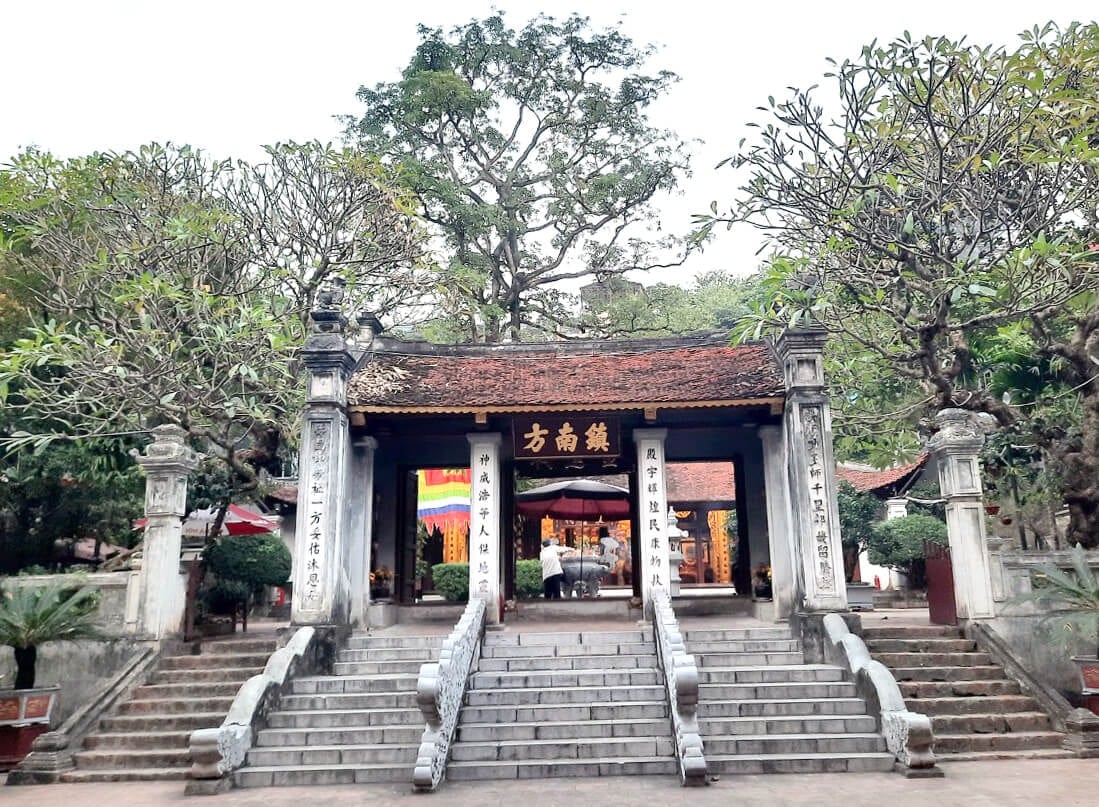
History and legends associated with King Le Tuong Duc
Kim Lien Communal House worships Cao Son Dai Vuong, a god who assisted King Le Tuong Duc in suppressing the rebellion and restoring the Le dynasty in the 16th century. Legend has it that when the king led his army through Phung Hoa district, he entered an ancient temple worshiping Cao Son to pray. His prayer was answered, and after only 10 days, the enemy army was defeated.
To commemorate his merits, in 1509, King Le Tuong Duc rebuilt the Cao Son temple in Kim Hoa ward, now Kim Lien, on a more spacious scale. Later, the local people added a three-door gate and additional structures, creating the Kim Lien Communal House architectural complex as it is today. In addition to Cao Son, the communal house also worships the Mother Goddess, the Three Palaces and President Ho Chi Minh .
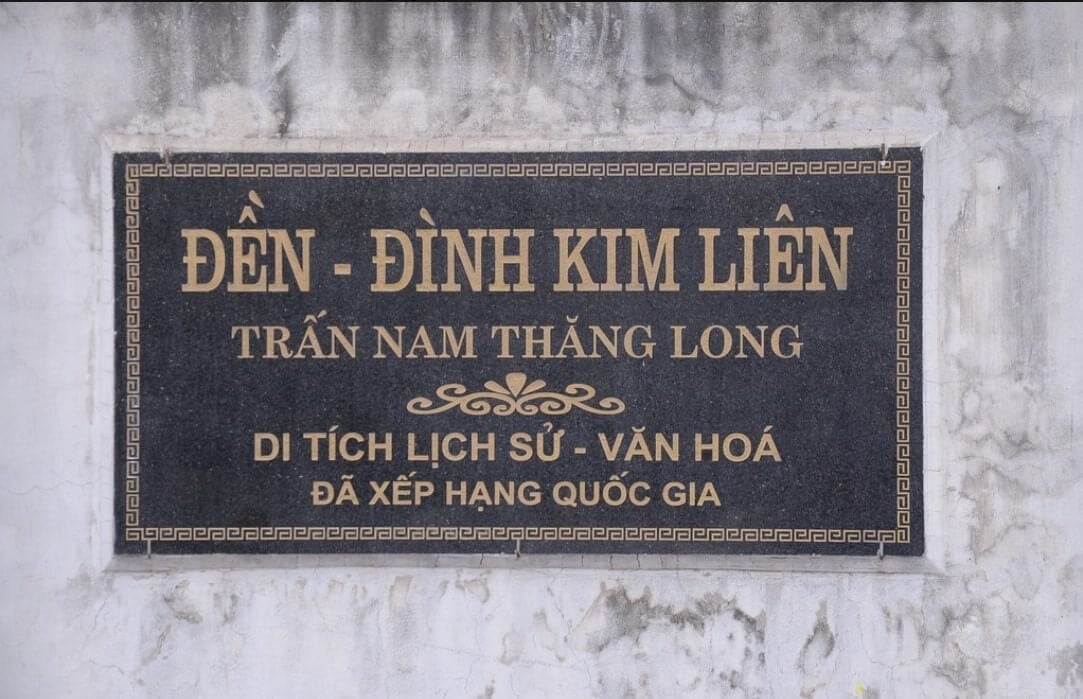
Explore unique architecture
Kim Lien Communal House was built on a high mound, with the main gate and door facing west. The architectural complex of the communal house consists of two main parts: the front area with the pillar gate and two rows of parapets, and the main architectural area on the high mound.
- Nghi Mon: A three-room house built with gable walls, bearing the Nguyen Dynasty's artistic style with elaborate decorative motifs.
- Main worship hall: Consists of five compartments, restored in traditional architecture, is where the main ceremonies take place.
- Forbidden Palace: A three-room house where the altar of Cao Son Dai Vuong and other gods is placed.
To reach the main communal house, visitors will step over nine large brick steps, a typical vestige of the Le Trung Hung period.

Precious historical relics
The most ancient and important relic at Kim Lien Communal House is the stone stele “Cao Son Dai Vuong Than Tu Bi Minh” carved in 1510. The stele was composed by historian Le Tung, recording the merits of Cao Son god. In addition, the communal house also preserves 39 royal decrees of various dynasties for the god.
Exciting traditional festivals
Kim Lien Communal House Festival is one of the major cultural events, held annually on the 15th and 16th of the third lunar month. The festival attracts a large number of local people and tourists from all over the world to participate in many unique activities.
On the main festival day, March 16, solemn sacrificial rituals are held at the main hall, followed by a grand procession through the streets. Besides the ceremony, the festival is also very exciting with traditional folk games such as human chess, bird fighting, martial arts, creating a bustling atmosphere and rich in national cultural identity.

Information on visiting Kim Lien Communal House
- Address: Temple of Literature Ward, Dong Da District, Hanoi.
- Opening hours: 8:00 - 18:00 daily.
- Admission: Free admission.
Notes when visiting
To show respect at the sacred place of worship, visitors should pay attention to polite and neat clothing. When entering the communal house, they should enter from the two side doors, avoiding the middle door. Keep quiet, do not talk loudly and comply with the regulations on incense offering and placing offerings at the communal house.
Source: https://baolamdong.vn/dinh-kim-lien-kham-pha-mot-trong-thang-long-tu-tran-399666.html


![[Photo] Comrade Nguyen Duy Ngoc holds the position of Secretary of the Hanoi Party Committee](https://vphoto.vietnam.vn/thumb/1200x675/vietnam/resource/IMAGE/2025/11/04/1762234472658_a1-bnd-5518-8538-jpg.webp)

![[Photo] The road connecting Dong Nai with Ho Chi Minh City is still unfinished after 5 years of construction.](https://vphoto.vietnam.vn/thumb/1200x675/vietnam/resource/IMAGE/2025/11/04/1762241675985_ndo_br_dji-20251104104418-0635-d-resize-1295-jpg.webp)
![[Photo] Ca Mau "struggling" to cope with the highest tide of the year, forecast to exceed alert level 3](https://vphoto.vietnam.vn/thumb/1200x675/vietnam/resource/IMAGE/2025/11/04/1762235371445_ndo_br_trieu-cuong-2-6486-jpg.webp)
![[Photo] Ho Chi Minh City Youth Take Action for a Cleaner Environment](https://vphoto.vietnam.vn/thumb/1200x675/vietnam/resource/IMAGE/2025/11/04/1762233574890_550816358-1108586934787014-6430522970717297480-n-1-jpg.webp)

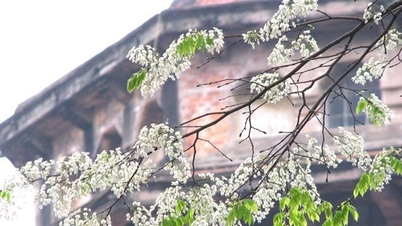







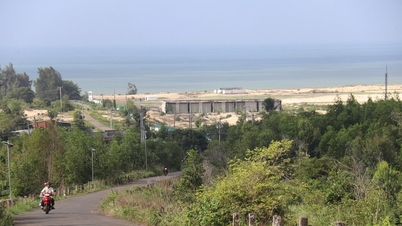
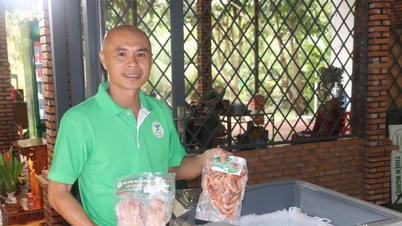



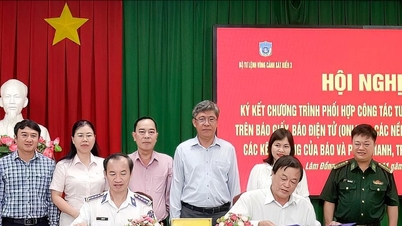





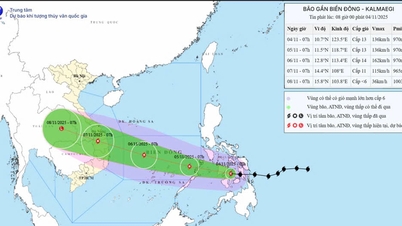


















































































Comment (0)